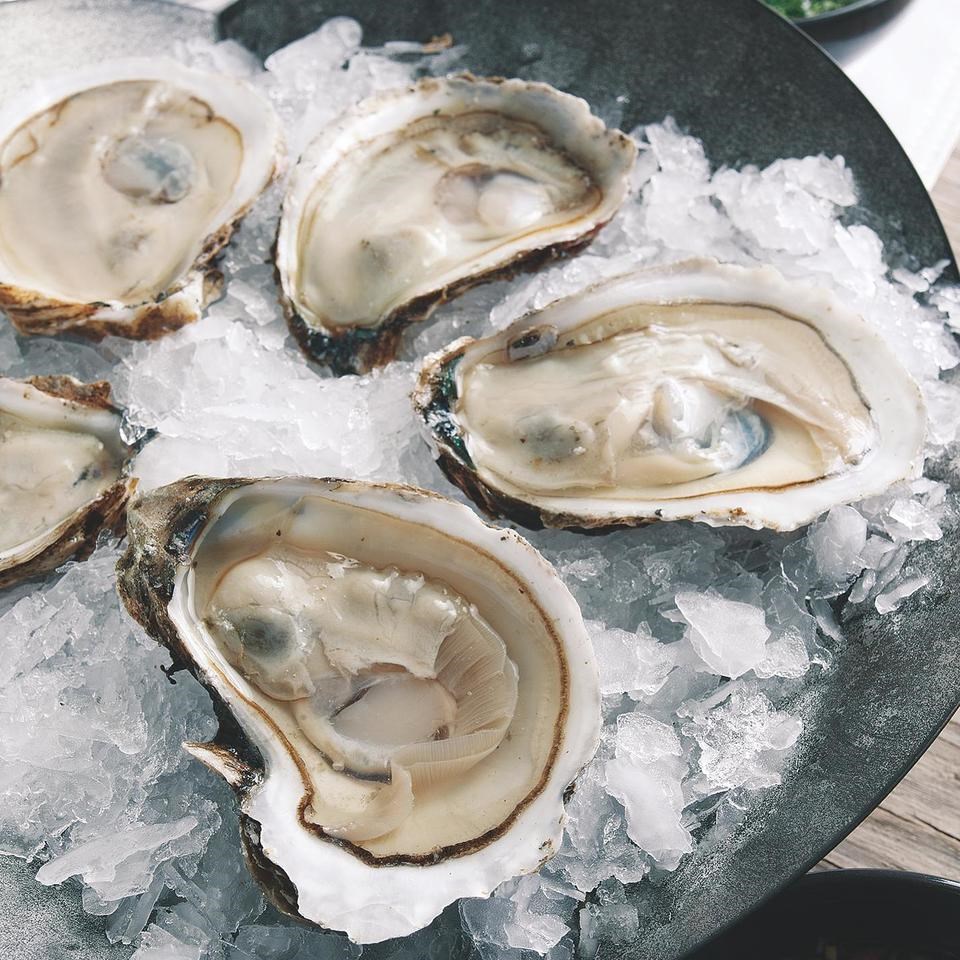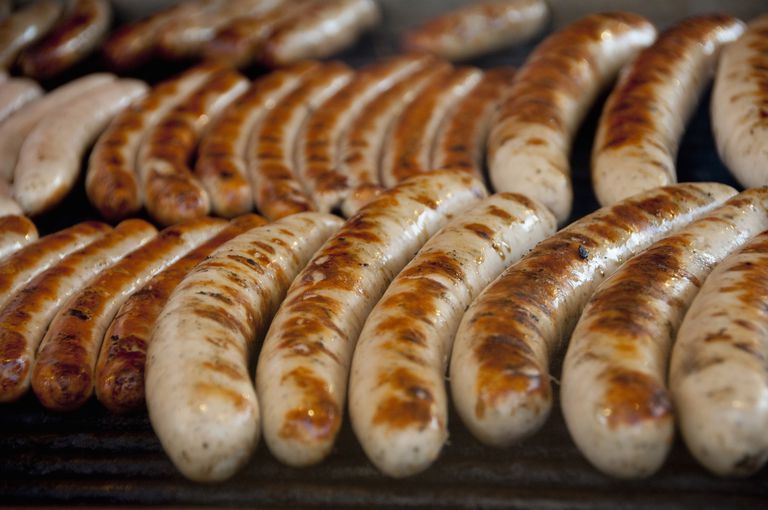In my last article, I highlighted the dry white wines of Bordeaux and German Pinot Noir. While not the stars of their respective regions, they can be exceptional. And they are great food wines. Today, we’ll focus on exactly that.
Before we get into the pairings themselves, let’s look at the character of these wines. They come in two basic styles. Both are primarily blends of Semillon and Sauvignon Blanc. But some are fermented and/or aged in oak, while others see only stainless steel. The latter generally have lighter body, brighter acidity and are more fruit-driven. The oak-influenced wines are a little rounder and fuller, can have slightly drying texture, and will show wood-derived notes on the nose and palate. The fruit flavors may also be somewhat riper. These different styles may benefit from different pairings.
Pairing dry, white Bordeaux that is unoaked
Unoaked dry, white Bordeaux will work with most foods that suit Sauvignon Blanc from other regions. However, the Bordeaux will normally not show the vegetal flavors, nor the screaming high-acidity of extremely cool-climate zones like Sancerre. The Bordeaux blanc will still work very will with seafood, from raw oysters on one extreme to fish and chips on the other. It will complement the sweet herb and richness in sauce Béarnaise and the tanginess of tartar sauce. Green salads with light, non-vinegary dressings will be fine too.

Other foods that will work well are those which aren’t heavy, but can benefit from the brightness of a squeeze of lemon or splash of vinegar. However, because acidity isn’t over-the-top acidity in white Bordeaux, avoid extremely high-acid foods, such as ceviche, and things that already have a strong lemon, lime or vinegar influence.
Pairing dry, white Bordeaux that is oak-aged
The richer, oak-aged white Bordeaux will be fine with many of the same foods. However, their added weight and texture make it a good match for heavier white meats as well. That includes chicken, duck and other game birds, pork, and even veal. The extra weight and texture of these wines also suits them to creamy fare, such as risotto, fettuccine Alfredo, minimally spiced curries, and other foods with rich, cream- or butter-based sauces. Don’t be afraid to include asparagus, peas, or herbs.
Pairing food with German Pinot Noir (Spätburgunder)
Generally speaking, German Pinot Noir is light-bodied and leans toward savory flavors. Acidity is generous, tannins very moderate. Fruit flavors are mostly red: raspberry, red currant, and blueberry. The savory elements include brown spices, dry herb, dried flowers, dark mineral, and earth.
When pairing wine and food, it’s best to match body. So, team Spätburgunder up with dishes that are fairly light in the mouth. Meats are fine, but avoid those that are very fatty, chewy, or heavily charred. One exception to this is very high-quality, Japanese beef. It’s so fatty that it melts in the mouth and will do very nicely. If Kobe beef isn’t in the budget, poultry, ground meat, and meat that is very tender due to long, low-heat cooking will be great.
The savoriness of these wines will work well with spices, dry herbs, and umami-rich things, such as mushrooms, eggplant, and tomato paste. So work those into the preparation of the protein. But, due to the light body, avoid adding thick sauces.

Spätburgunders are, of course, perfect for many famous dishes from Germany, including grilled sausages, sauerbraten, schnitlzel, and spaetzle with savory spices and a dab of butter. But they will also sing with non-native dishes. Examples include chicken or ground lamb kebab cooked Tandoori-style, shabu-shabu, Korean barbecue, braised meat or fish with a savory Kombu broth, carnitas, foods garnished with black truffles, ratatouille, and pork fried rice. It’s also good with lobster and shrimp, if they’ve been grilled or oven-roasted to savory perfection rather than steamed or fried.

JJ Buckley guest blogger Fred Swan is a San Francisco-based wine writer, educator, and authority on California wines and wineries. His writing appears in The Tasting Panel, SOMM Journal, GuildSomm.com, Daily.SevenFifty.com, PlanetGrape.com, and his own site, FredSwan.Wine (formerly NorCalWine). He teaches at the San Francisco Wine School. He's founder of Wine Writers' Educational Tours, an annual, educational conference for professional wine writers. He also leads private wine tours and conducts tastings and and seminars. Fred’s certifications include WSET Diploma, Certified Sommelier, California Wine Appellation Specialist, Certified Specialist of Wine, French Wine Scholar, Italian Wine Professional, Napa Valley Wine Educator, Northwest Wine Appellation Specialist, and Level 3 WSET Educator. He's twice been awarded a fellowship by the Symposium for Professional Wine Writers.